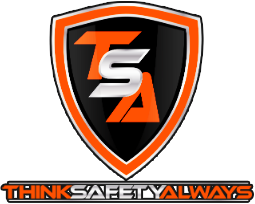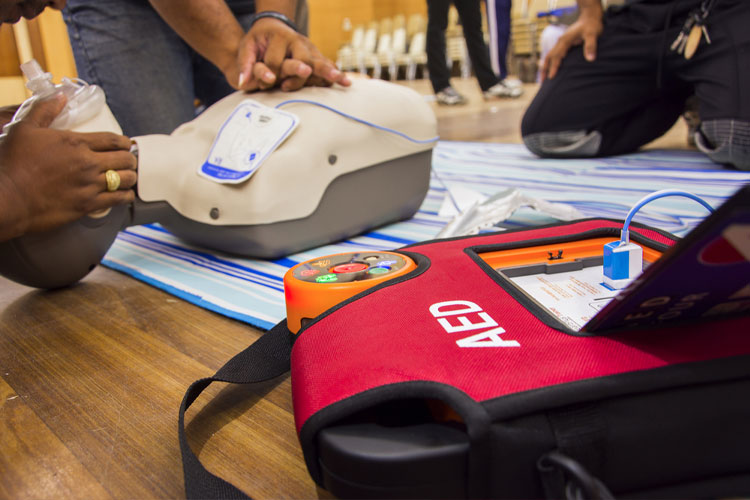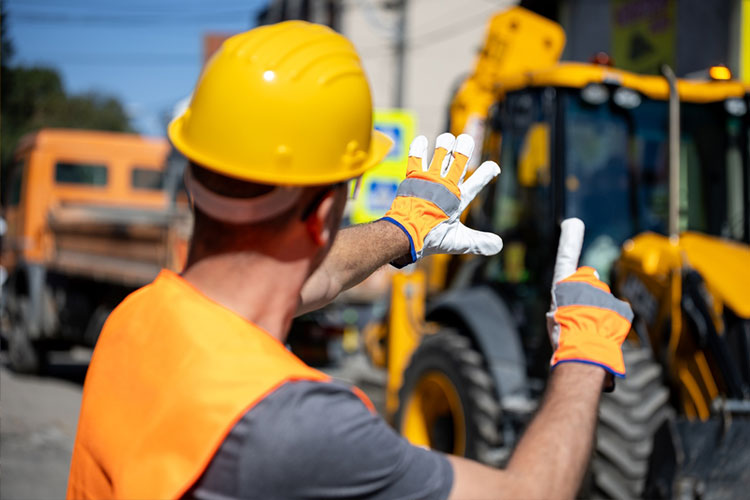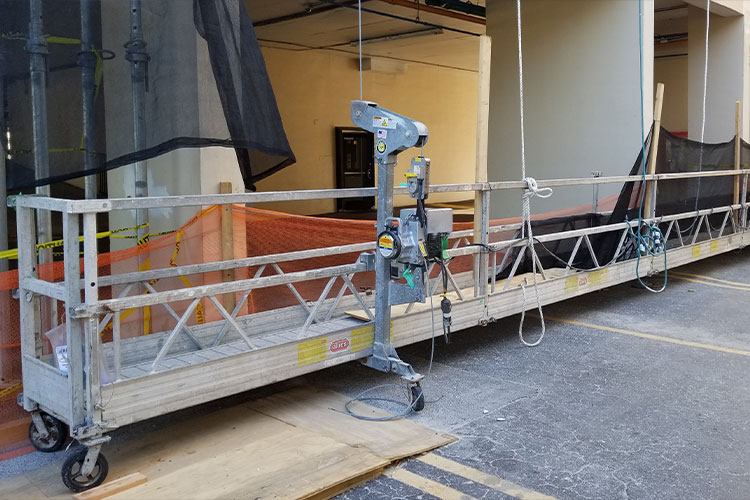Statistics by the CDC (Center for Disease Control and Prevention) show that almost 400,000 people experience cardiac arrest outside of a hospital setting each year. Workplace injuries, car accidents, and other emergencies can happen without warning, so it’s crucial to have someone on hand who knows how to perform CPR and operate an AED.
CPR stands for cardiopulmonary resuscitation, while AED stands for an automated external defibrillator. OSHA (Occupational Safety and Health Administration) requires that all businesses have at least one AED on-site and someone trained in CPR and AED use.
Read on to understand the importance of training your employees in CPR and AED and how to set up a training program.
What is CPR: Procedure
According to top reports by the American Heart Association, more than 350,000 out-of-hospital cardiac arrests occur annually in the United States.
CPR can double or triple a victim’s chance of survival. CPR, or cardiopulmonary resuscitation, is an emergency life-saving procedure that is performed when the heart stops functioning and breathing ceases CPR, or cardiopulmonary resuscitation, is a life-saving technique used when someone’s breathing or heart has stopped. The goal of CPR is to restore blood flow to the brain and other vital organs. It can be performed on adults, children, and infants. During this procedure, the rescuer will push down the victim’s chest at 100-120 compressions per minute.
What Is AED Training?
AED training is a short course that teaches you how to use an automated external defibrillator (AED). An AED is a portable device that delivers an electric shock to the heart. The shock will stop an irregular heartbeat and restore normal heart rhythm. AEDs can treat sudden cardiac arrest (SCA).
SCA is a medical emergency that can happen to anyone at any time and without warning. When SCA happens, the heart stops beating, and blood stops flowing to the brain and other vital organs. If someone doesn’t receive CPR or defibrillation within minutes, they will die.
AEDs are easy to use and can be found in many public places, such as airports, office buildings, and schools. AEDs are also becoming more common in homes.
Why Do You Need AED and CPR Training?
a) Safety And Well-Being Of Employees
The US Department of Labor reports that nearly three million non-fatal workplace injuries and illnesses occur annually. CPR and AED training can help reduce the number of fatalities due to workplace accidents by empowering employees to take action in an emergency.
b) Decrease Your Workers’ Compensation Costs
According to the National Safety Council, 70 percent of workplace fatalities could be prevented if more employees were trained in first aid and CPR. CPR and AED training can help create a safer work environment and lower workers’ compensation costs.
c) Improve Skills and Knowledge to Handle Emergencies
Emergencies can happen anytime, anywhere. That’s why everyone must know how to respond correctly in an emergency. CPR and AED training can help improve your skills and knowledge to be better prepared to handle an emergency. You have the power to save lives.
Want Expert CPR and AED Training? Call Think Safety Always
Our team of safety experts at Think Safety Always offers comprehensive CPR and AED training to help you and your employees be prepared for an emergency. We come to your workplace to provide on-site training that is convenient and tailored to your needs.





